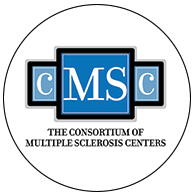MedicalResearch.com Interview with:
Dr. Vittorio Gallo PhD
Center for Neuroscience Research
Children’s Research Institute
Children’s National Medical Center
Washington, DC 20010
Medical Research: What is the background for this study? What are the main findings?
Dr. Gallo: Astrocytes are cells in the central nervous system (CNS) that provide nutrients, recycle neurotransmitters, and help maintain homeostasis. In many neurodegenerative disorders – including multiple sclerosis (MS) –astrocytes undergo a cellular and biochemical transformation called reactive gliosis. This process significantly impacts – both positively and negatively – neural regeneration. Reactive astrocytes (RAs) synthesize and release a peptide called Endothelin-1 (ET-1). Gallo and his team previously demonstrated that ET-1 is expressed at high levels by RAs in multiple sclerosis (MS) lesions and that – in animal models of MS – this peptide inhibits repair by delaying oligodendrocyte maturation and remyelination.
The main finding of the study published in Cell Reports is the identification of the cellular and molecular pathway that mediates the inhibitory effects of ET-1 on oligodendrocyte regeneration and remyelinaton in demyelinated lesions. In particular – by using pharmacological and genetic approaches – the study demonstrates that the ET-1 acts selectively through the ET-receptor B (ENDRB) on astrocytes – and not oligodendrocytes – to indirectly inhibit remyelination.
Medical Research: What should clinicians and patients take away from your report?
Dr. Gallo: Designing drugs that aim at specific pathways in reactive astrocytes represents a promising therapeutic target in diseases with extensive reactive astrogliosis, including multiple sclerosis. The ET-1 pathway might be a major obstacle in clinical efforts aimed at promoting regeneration and recovery inmultiple sclerosis.
Medical Research: What recommendations do you have for future research as a result of this study?
Dr. Gallo: Investigators will have to determine at what specific stages of the disease EDNRB and RAs should be targeted, in order to maximize therapeutic outcome and prevent side effects of treatment. This will require further investigation of the time course of the effects of ET-1 in demyelinated lesions and development of drugs highly selective for EDNRB.
Citation:
Hammond, Timothy R. et al. Cell Reports










